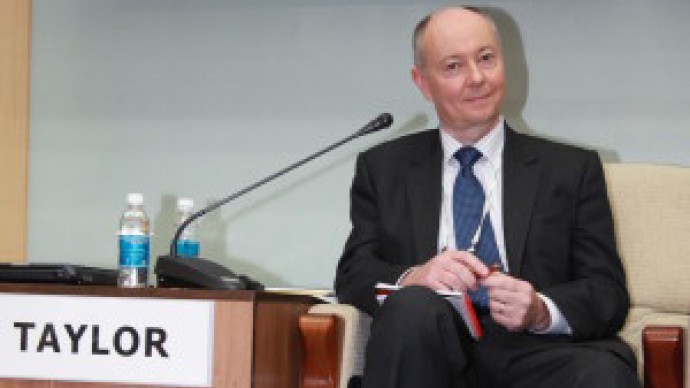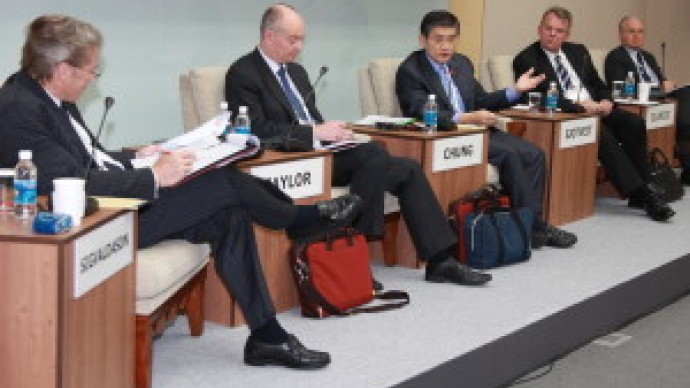While it remains easier to build a coal plant than a hydro one due to social and environmental concerns, hydropower is enjoying something of a renaissance as large hydro projects seek to exploit the huge unused potential in Central Africa, Latin America, Russia and Canada.
With only one third of achievable hydro potential developed to date and at least 75% of the unexploited hydropower potential found in Africa, Asia, and Latin America, delegates at the Daegu 2013 Congress were told on 15 October that it is clear that growth potential within the sector remains significant.
Richard Taylor, Executive Director of the International Hydropower Association (IHA), said that “record deployment, especially in China” has taken place since 2007. “Hydropower throughout the world has been in renaissance for some years now.” He added that “negotiations with environmental and social NGOs, banks, and governmental players though the last decade have culminated in the Hydropower Sustainability Assessment Protocol.” He concluded that “this has given a much needed framework in which efficient and informed decision making on hydropower is now more achievable for all stakeholders.”
Noting that hydro’s infrastructure keeps producing power long after it is paid for, Oskar Sigvaldason, Founder & President of SCMS Global, said that in mature markets such as the US and Canada “the lowest cost charges are in those jurisdictions which happen to be hydro-dominated.” The message regarding hydro is clear, he said, “Wherever it is, it should be built.”
But in contrast to planned coal plants, which tend to be considered in isolation, hydro projects are more complex, typically needing to be integrated with overall national development programs. Multinational and regional collaboration must be better structured to support further development of hydro projects, he said. Hydro has found itself “in the penalty box” over the last few decades, Sigvaldason observed, with NGOs, the public and governments criticizing population displacement and environmental damage resulting from the building of dams.
Some of the criticism goes too far, said Torstein Dale Sjøtveit, CEO of Sarawak Energy in Malaysia. “The developing world should not be expected to meet standards which we have never met” in the West, he said. Alessandro Clerici, the World Energy Council’s Executive Chair of the World Energy Resources said critics should take account of the fact that construction of hydro projects provides “a lot of employment in these poor countries.”
This news story is based on the session Bottom Line, “The untapped hydro potential: Opportunities and risks” at 2013 World Energy Congress.







